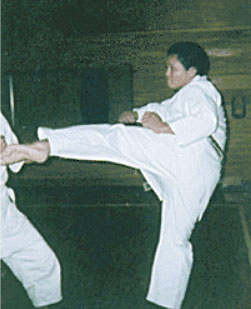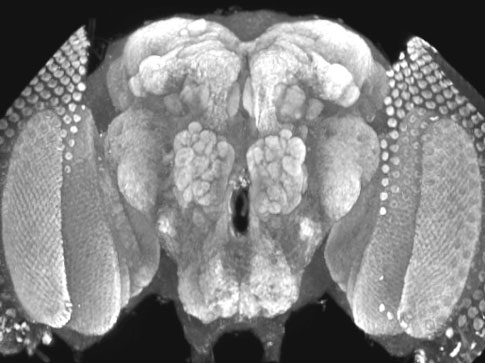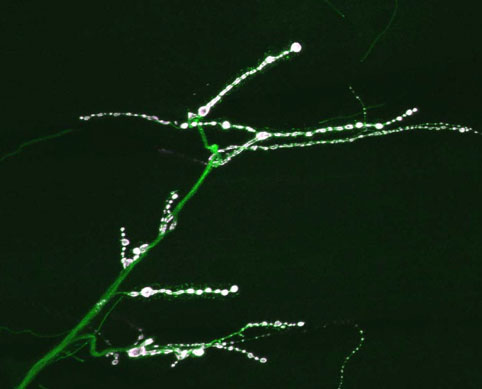|
 Motojiro
Yoshihara, PhD Motojiro
Yoshihara, PhD
2000-2006
B.S.
Zoology, 1987
Tokyo
University
Ph.D.
Biochemistry, 1992
Tokyo
University
Human
Frontier Science Program, Long Term Fellow, 1992
4th
Degree Black Belt of Karate in Wado-Style in the foundation of all Japan
Karatedo organization
Former head coach of the Karate club in Tokyo University
How are synapses formed? How do synapses change to store memories?
When
I was in Japan, I studied the maturation process from growth cones to
functional synapses at Drosophila embryonic neuromuscular
junctions with my friend, Dr. Mary B. Rheuben at Michigan State
University (Yoshihara et al., (1997) J. Neurosci. 17, 8408, see
the figure). I am establishing the Drosophila embryonic NMJ
synapse as a model system to understand synaptic plasticity. Based on
the morphological study, the physiological study on regulation of
miniature release (Yoshihara et al, (1999) J. Neurosci. 19, 2432;
Yoshihara et al., (2000) J. Neurosci. 20. 8315), the
physiological study on the presynaptic calcium sensor, synaptotagmin 1,
with Troy (Yoshihara and Littleton, 2000), and an enjoyable
collaboration on the postsynaptic calcium sensor, synaptotagmin 4, with
Bill and Troy (Adolfsen et al., 2004; Yoshihara et al, 2005), I am
proposing a “local feedback hypothesis” as a potential universal model
on synapse specific memory storage (see the figure).
|




